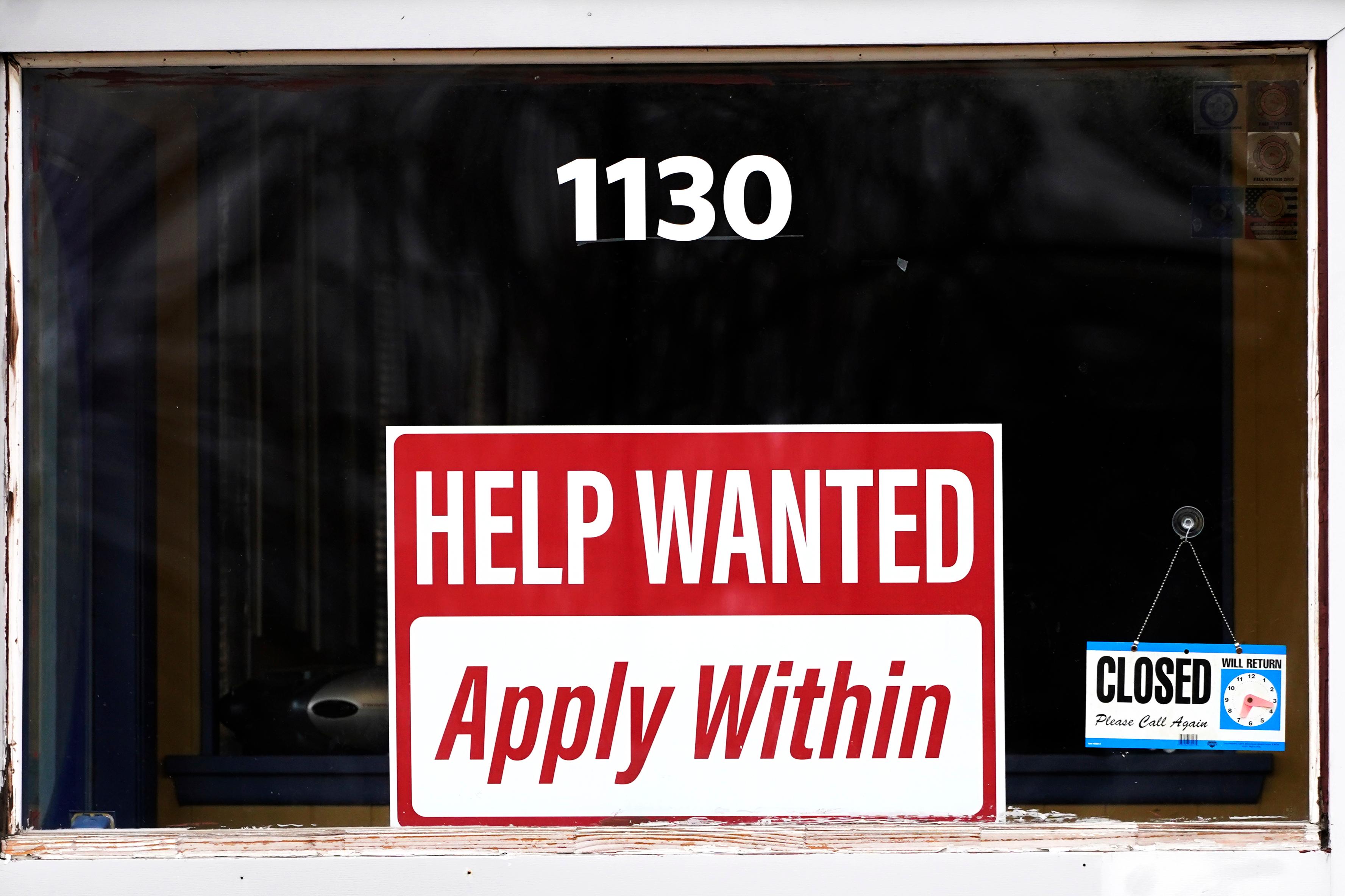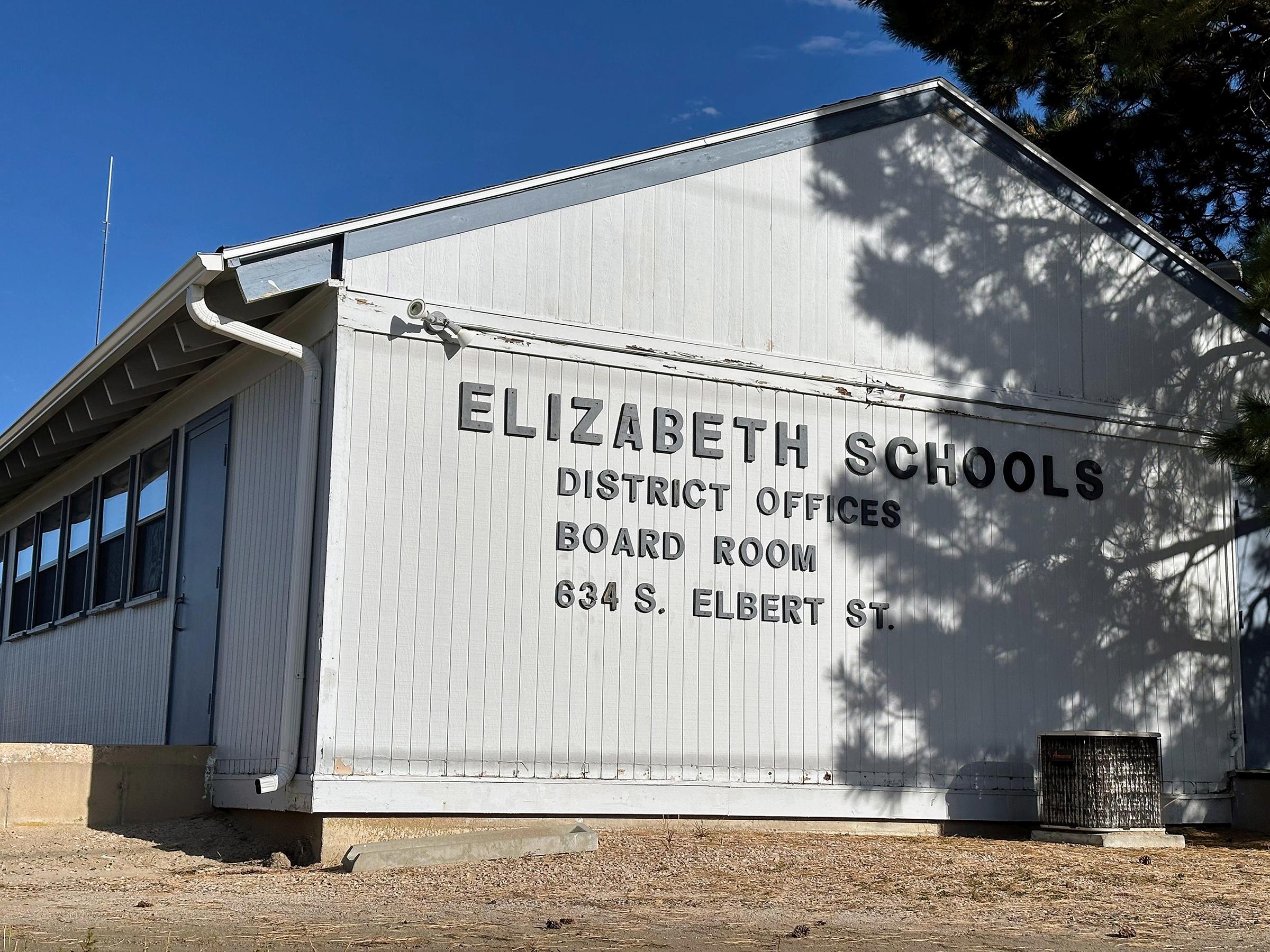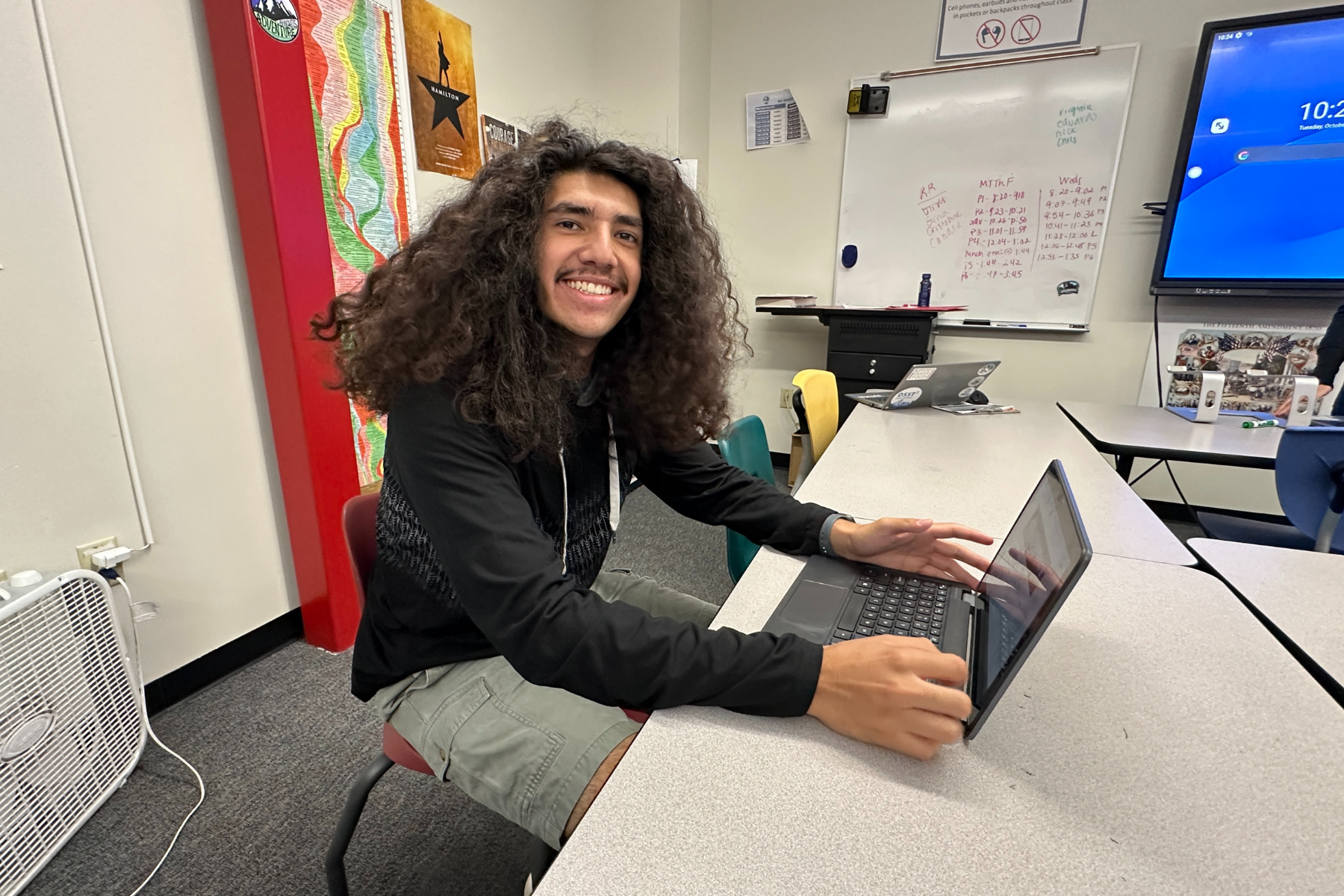
Let’s face it. The official voter guide, Colorado’s Blue Book can be intimidating.
And this year, it’s overwhelming. Students in a southwest Denver civics class suspected that’s one reason people don’t vote.
They thought, what if they used artificial intelligence to create a way to simplify voting and make it, well, more user-friendly?
After learning about who votes and who doesn't in the population, they created two powerful tools aimed at helping people register to vote and understand candidates and ballot measures — in multiple languages.
“I wanted to connect to more people to let them know that their vote really matters and that it should be heard,” said Hector, 17, a senior at DSST College View.
The app, VoteWise Colorado, takes you through the voting process step by step and the chatbot answers any questions you have about the questions on your ballot.
“The main goal was access and support for people to understand the voting process and get informed to vote,” said civics teacher Zach Kennelly.
The students first asked, who’s not voting?
They decided they wanted the app to target youth and immigrants who are eligible to vote but may be more comfortable using their native languages. Young people traditionally are much less likely to vote than older Americans. Hispanic and Asian Americans make up the largest number of immigrants eligible for voters. Many students have family members who are naturalized citizens and struggle with the technical language.
Right now, people can use the app and bot in English, Spanish and Vietnamese.
“The things that promote voting are primarily focused on English-speaking people,” said Orion, who hopes students can expand the number of languages on the app. “Now they're going to have just as much of a chance to learn how to vote and do all this great stuff as everyone else in America.”
Hector, whose first language is Spanish, said it makes him feel “empowered” and “heard” to see other languages represented.
Without further ado, I want to test-drive this baby
Juan helps me start my voting journey.
“Am I registered to vote?” I ask.
He types in the question to the bot and it takes me to the official Colorado voter website where I quickly find out I am. If I wasn’t, I’m on the official page where I can register.
“When will my ballot arrive in the mail?” is my next question.
(It already has but I wanted to see if it gives the correct answer. It does.)
“What’s on my ballot this year?” I query.
Marbella, 17, reads off the chatbot’s answer, a nice tight summary of the 14 statewide measures I’ll be voting on, like tax measures, constitutional rights, criminal justice matters, wildlife protection, along with judge retention and state and congressional races.
It’s a simple-easy-to-understand introduction. I’m starting to see how this could appeal to younger generations who like information in bite-sized pieces.
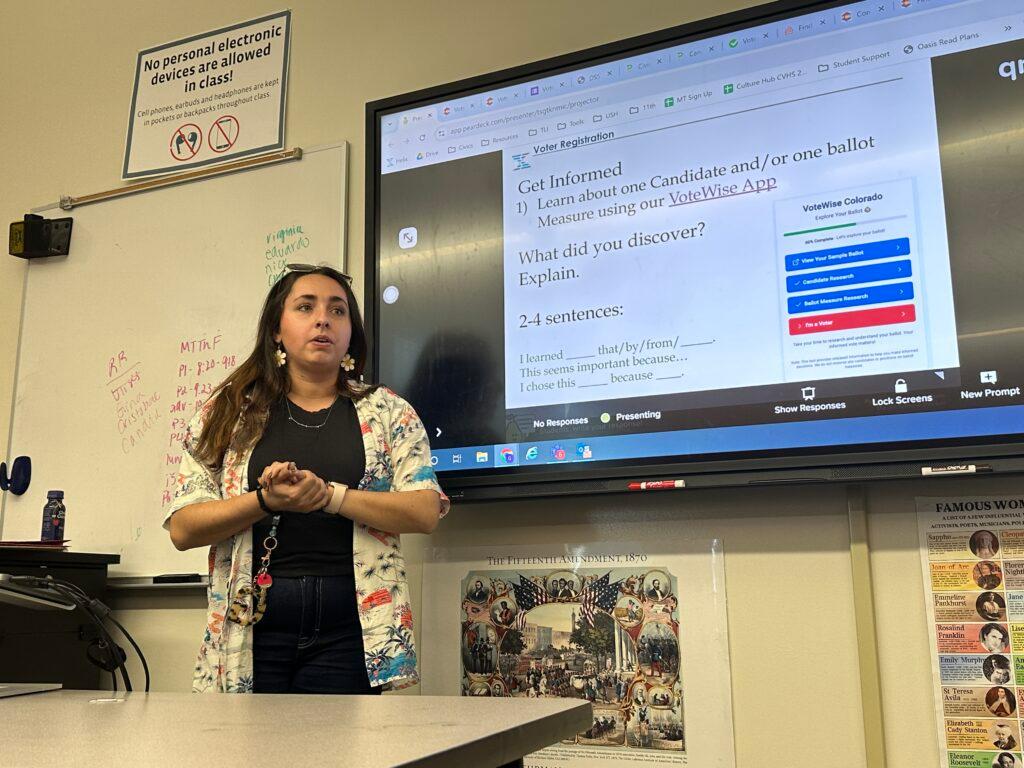
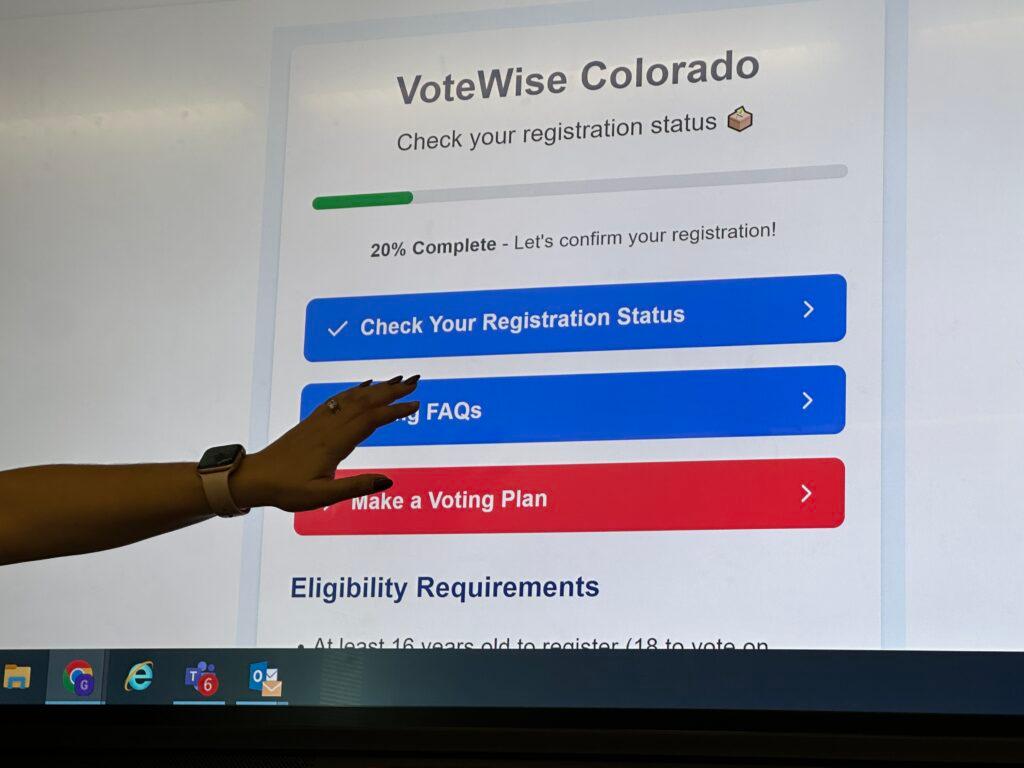
Then I start asking the chatbot about each measure like, “Tell me more about Proposition 129.”
It tells me about the proposed creation of a veterinary professional associates’ degree in simple language, what a “yes” vote would mean and what a “no” vote would mean.
I ask for, and the AI responds with short and sweet “for” and “against” positions. Most importantly, another student Angel tells me this isn’t like doing a Google search that can draw off of unreliable sources.
“Bots like these, we’ve made them trained on the actual Blue Book and what’s inside the actual documents,” he said. “I feel like it’s a more secure way to understand what’s happening.”
Users can even keep going, engaging with the chatbot in helping them reflect on their identity as a voter.
It also helps you figure out how to track your ballot and provides links to election results.
What it means to be an informed voter
Gianna Geraffo’s civics class down the hall also helped build the app and bot. Right now, students who are 18 are making a voting plan, while 17-year-olds are exploring the ballot and doing some research on a measure that is most important to them.
“I think I wouldn’t have been engaged at all … I would have waited also because it’s not something you're taught, it’s supposed to find out for yourself,” said Citlali, who has pre-registered to vote. “It’s prepared me and it's giving me more options and resources of how I can vote.”
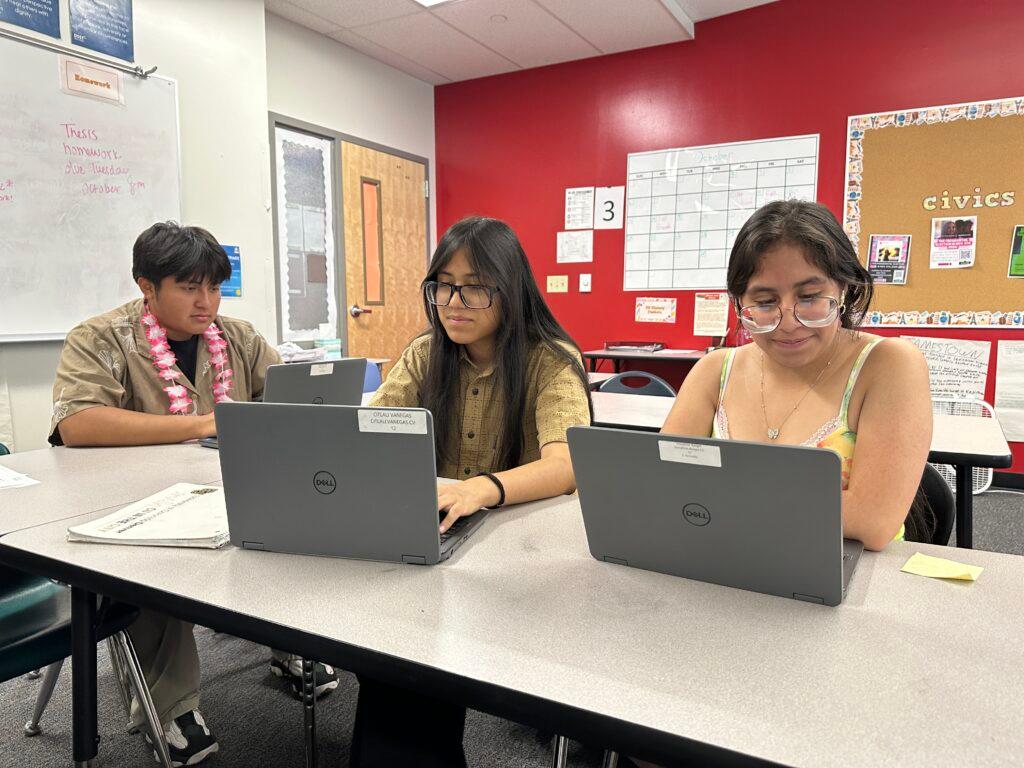
Students say many people they know are unsure of how to vote and what to vote for or against. They think the app will help.
Leonard is going to help his two nephews, who are older than him, vote.
“I don't know if my brother's going to really guide them along so it would be nice just to help them out.”
For Geraffo, the project was also satisfying. She said it taught students how to use technical skills ethically that they may need in the future. And it addresses the huge gap she sees in voter and civic engagement.
“Part of why I'm a teacher is because I want to help close that gap and empower students and people to realize they do have a voice and there are a lot of ways that their voice can be heard.”
Hands-on learning resonates more deeply with the students
Zach Kennelly circulates among his students as they check out their finished products for the first time. They reflect on what they like and what could be improved upon. The colors? The design? Students built them in just two weeks.
“Before AI, creating this type of stuff would take forever,” said Caden, who worked on making sure the app led people seamlessly to candidate information. “It’s getting increasingly useful not having to memorize code, actually having a bot give it to you.”
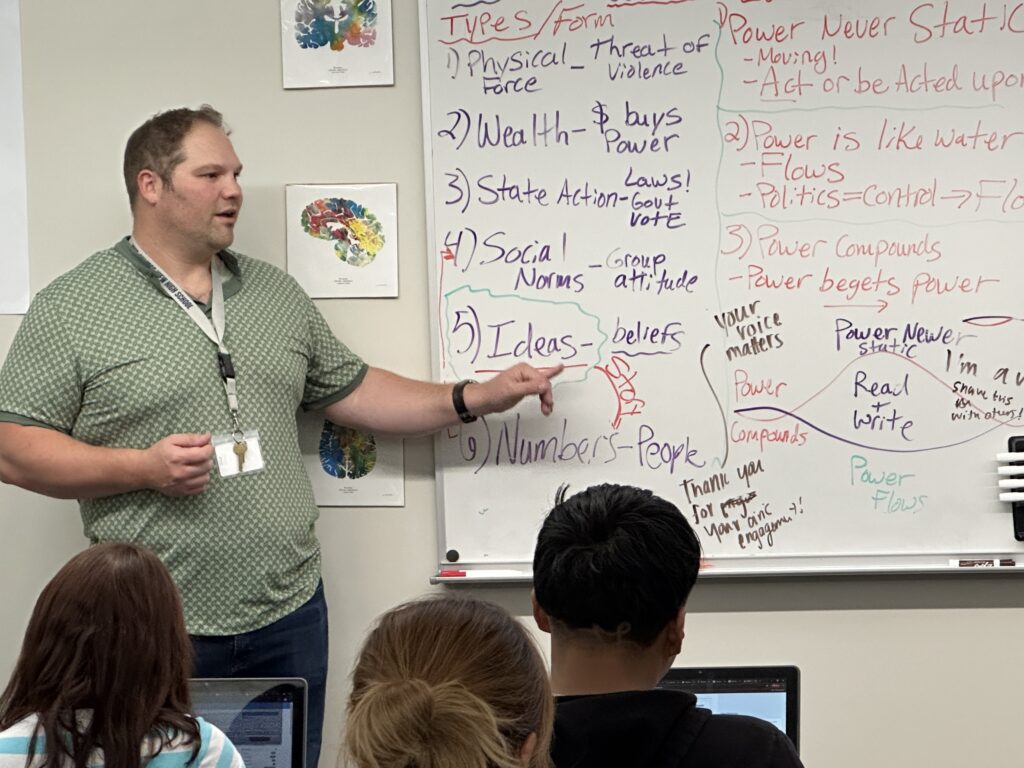
Many students said they don’t like the ‘busy work’ for grades that they do in school and prefer this style of learning.
“It gave me a chance to be creative,” said Angel. “It was going to be something that was actually going to be used … something big and relevant right now ... not just some work I had to write down and memorize for class.”
Angel welcomed the opportunity to use AI.
“It’s getting smarter and smarter and smarter, it’s going to be more important later in my life, so I think it was important to learn about this tool and how to use it and how to actually create something from it,” he said.
Industry partner Tinman Kinetics, which builds software for companies that need AI-based solutions, helped with the project. Students used the platform Playlab, a nonprofit AI company that gives access to teachers to large language models for educational uses. Students practiced building chatbots.
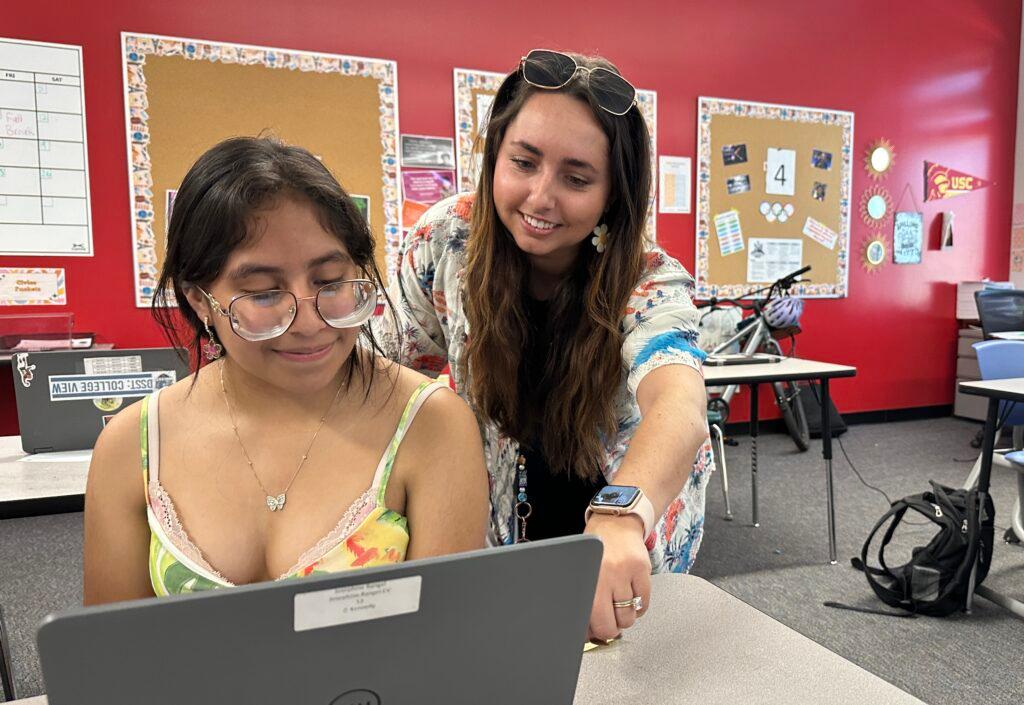
They also used Claude, an AI assistant that generates text content in human-like conversations and code to generate “artifacts” or draft web pages quickly. To tie each group’s work together, Tinman Kinetics linked all the coding together using a program called Boxcar.
The company’s Justin Williams said it’s a unique moment in history – young people have the power to shape the direction AI will take.
“Future generations are going to judge us on what we do with this powerful technology today,” he said.
Though they’re too cool to show it, the students are excited their names are on the credits of the two products.
As the class winds down, Williams tells them:
“Congratulations, this (app and bot) is public. This is live right now.”
There are smiles.

